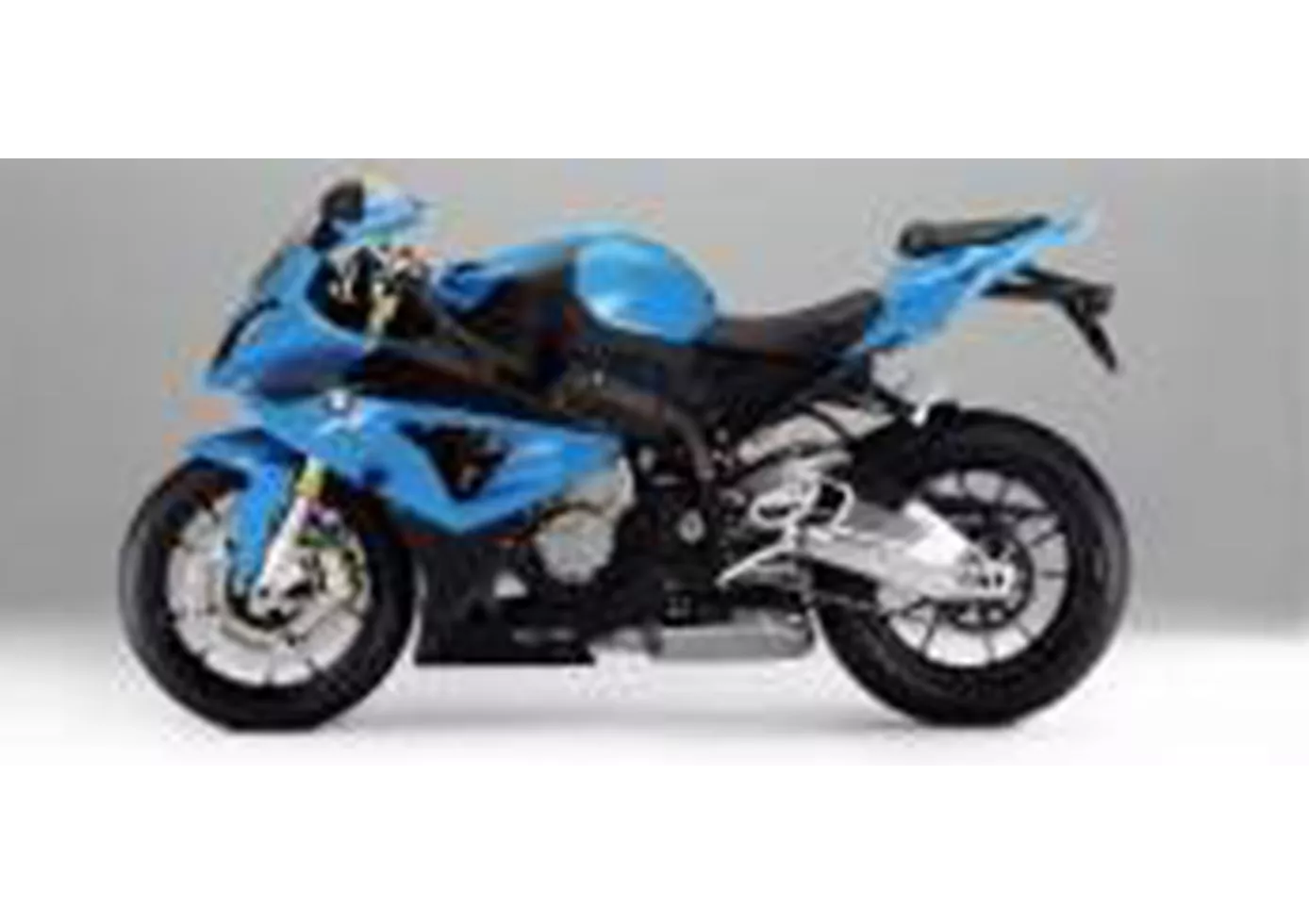Yamaha R1 2011 vs. BMW S 1000 RR 2012

Yamaha R1 2011

BMW S 1000 RR 2012
Vue d’ensemble - Yamaha R1 2011 vs BMW S 1000 RR 2012
The Yamaha R1 model year 2011 and the BMW S 1000 RR model year 2012 are both supersport motorcycles that offer high performance and advanced features. While they share some similarities in terms of specifications, there are also notable differences between the two.
In terms of engine and drive train, the Yamaha R1 2011 has a bore of 78 mm and a stroke of 52.2 mm, while the BMW S 1000 RR 2012 has a slightly larger bore of 80 mm and a stroke of 49.7 mm. The engine power of the Yamaha R1 is 181 HP, while the BMW S 1000 RR offers a slightly higher power output of 192 HP. Both motorcycles have 4 cylinders and a displacement of around 1000 ccm. The torque of the Yamaha R1 is 115.5 Nm, while the BMW S 1000 RR has a torque of 112 Nm.

Yamaha R1 2011
In terms of suspension, the Yamaha R1 2011 features an upside-down telescopic fork at the front, while the BMW S 1000 RR 2012 has a telescopic fork. Both motorcycles have an aluminum frame, with the Yamaha R1 having a Deltabox frame type and the BMW S 1000 RR having a Twin Tube frame type. The front brakes of both motorcycles are double disk.
When it comes to dimensions and weights, the Yamaha R1 has a front tire width of 120 mm and a rear tire width of 190 mm, with both motorcycles having a 17-inch tire diameter. The wheelbase of the Yamaha R1 is 1415 mm, while the BMW S 1000 RR has a slightly longer wheelbase of 1432 mm. The seat height of the Yamaha R1 is 835 mm, while the BMW S 1000 RR has a slightly lower seat height of 820 mm. The kerb weight of the Yamaha R1 is 206 kg, while the BMW S 1000 RR is slightly lighter at 204 kg. The fuel tank capacity of the Yamaha R1 is 18 liters, while the BMW S 1000 RR has a slightly smaller fuel tank capacity of 17.5 liters.
In terms of strengths, the Yamaha R1 2011 offers a fine traction point, making it easy for riders to adapt to the race track. It also has easy steering behavior and optimal traction. On the other hand, the BMW S 1000 RR 2012 boasts a complete electronic equipment package, a good braking system, and a strong engine. It is known for its speed on the road and has an appropriate appearance.

BMW S 1000 RR 2012
However, both motorcycles have their weaknesses as well. The Yamaha R1 2011 has a plump-looking rear end, which may not appeal to some riders. On the other hand, the chassis of the BMW S 1000 RR 2012 is somewhat complicated and takes a lot of getting used to.
In conclusion, both the Yamaha R1 2011 and the BMW S 1000 RR 2012 are powerful and high-performance supersport motorcycles. While they have similar specifications in terms of engine power, cylinders, and tire dimensions, there are differences in terms of suspension, frame type, and dimensions. Additionally, each motorcycle has its own strengths and weaknesses, with the Yamaha R1 offering easy rider adaptation and optimal traction, and the BMW S 1000 RR providing a complete electronic equipment package and strong engine performance. Ultimately, the choice between the two would depend on individual preferences and priorities.
Caractéristiques techniques Yamaha R1 2011 par rapport à BMW S 1000 RR 2012
Avantages et inconvénients en comparaison
Avantages et inconvénients en comparaison
Yamaha R1 2011

Autrefois, elle était la bête la plus coriace parmi les 1000. Seuls les chiens les plus féroces pouvaient la monter. Aujourd'hui, elle est la moto que l'on peut qualifier non seulement de "moindre mal sur la route", mais qui procure également beaucoup de plaisir.
BMW S 1000 RR 2012

Ce qui reste, c'est la fascination, la stupeur et la peur. On ne peut pas se défaire du sentiment désagréable de ne pas être tout à fait soi-même sur cette moto. On a l'impression d'assister à un concert de heavy metal avec des boules Quies.
Comparaison des prix Prix moyen du marché Yamaha R1 vs BMW S 1000 RR
There are a few key differences between a Yamaha R1 2011 and a BMW S 1000 RR 2012. In terms of price, the actual average price of a BMW S 1000 RR 2012 is about 33% higher. A Yamaha R1 2011 experiences a loss of 1,100 USD in one year and 1,850 USD in two years of ownership. This is offset by a loss of 290 USD and 430 USD for a BMW S 1000 RR 2012. Compared to BMW S 1000 RR 2012 there are less Yamaha R1 2011 bikes available on the 1000PS.de Marketplace, specifically 4 compared to 10. It takes less time to sell a Yamaha R1 with 53 days compared to 64 days for a BMW S 1000 RR. Since model year 2005 1000PS.de editors have written 80 reviews for the Yamaha R1 and 135 reviews for the BMW S 1000 RR since model year 2010. The first review for the Yamaha R1 was published on 4/28/2003 and now has more than 3,900 views. This compares to more than 4,000 views for the first review on BMW S 1000 RR published on 4/16/2008.




















